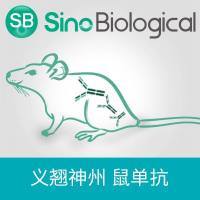Identifying Differential Histone Modification Sites from ChIPseq Data
互联网
631
Epigenetic modifications are critical to gene regulations and genome functions. Among different epigenetic modifications, it is of great interest to study the differential histone modification sites (DHMSs), which contribute to the epigenetic dynamics and the gene regulations among various cell-types or environmental responses. ChIP-seq is a robust and comprehensive approach to capture the histone modifications at the whole genome scale. By comparing two histone modification ChIP-seq libraries, the DHMSs are potentially identifiable. With this aim, we proposed an approach called ChIPDiff for the genome-wide comparison of histone modification sites identified by ChIP-seq (Xu, Wei, Lin et al., Bioinformatics 24:2344–2349, 2008). The approach employs a hidden Markov model (HMM) to infer the states of histone modification changes at each genomic location. We evaluated the performance of ChIPDiff by comparing the H3K27me3 modification sites between mouse embryonic stem cell (ESC) and neural progenitor cell (NPC). We demonstrated that the H3K27me3 DHMSs identified by our approach are of high sensitivity, specificity, and technical reproducibility. ChIPDiff was further applied to uncover the differential H3K4me3 and H3K36me3 sites between different cell states. The result showed significant correlation between the histone modification states and the gene expression levels.









